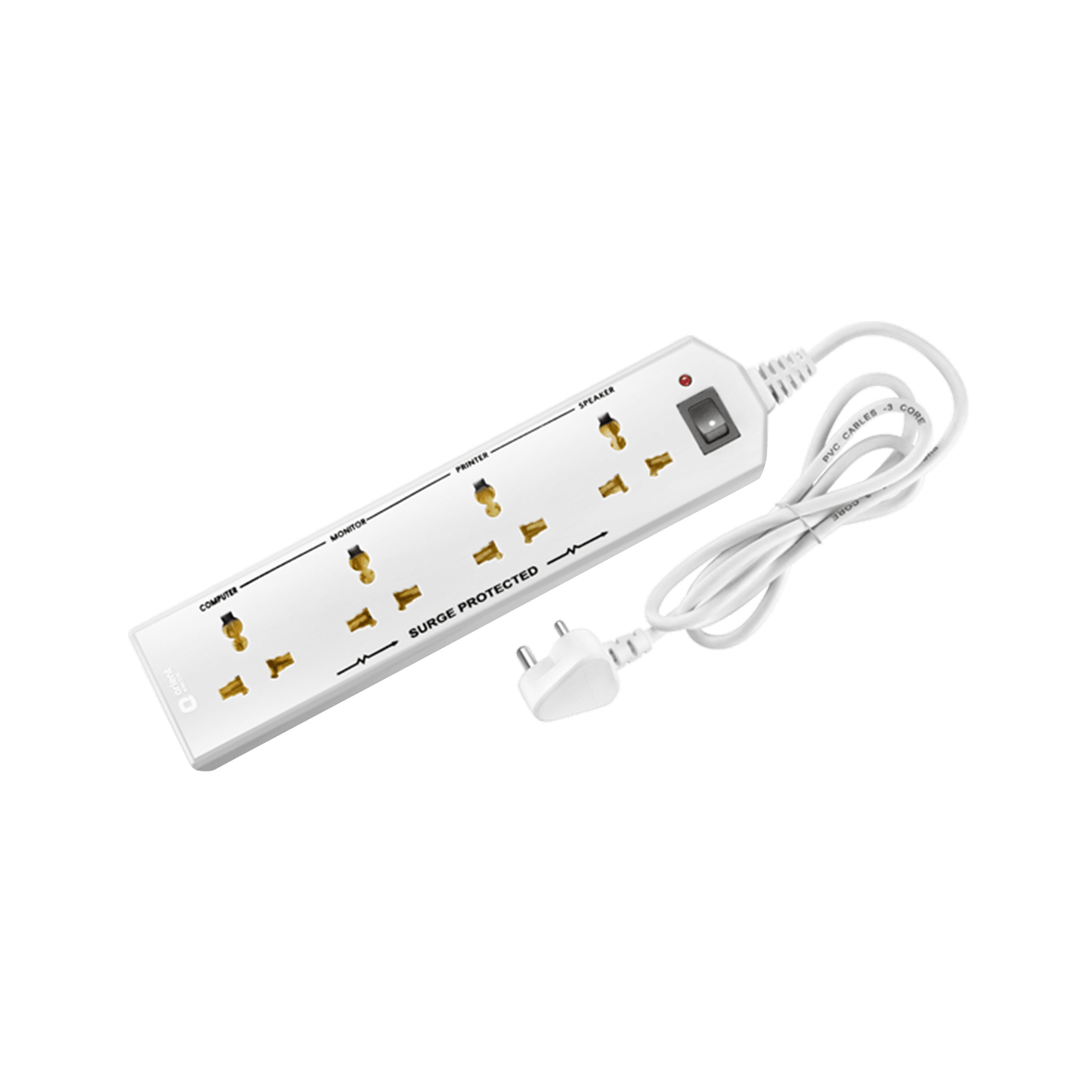
The Ultimate Guide to Ironing All Your Fabrics Perfectly

Do you often burn your clothes while ironing or struggle to get rid of those stubborn wrinkles? Maybe you're not doing it the right way! Making a good first impression is important, and presenting yourself well is a big part of that. So, knowing how to iron your clothes well is key. Different fabrics, like delicate silk or strong wool, need different settings on the iron. Using the same heat setting for all fabrics may not be a good idea. So, to help you iron your fabrics the right way, here are a few tips that will ensure you look the best.
Ironing Cotton Clothes
Cotton is one of the most commonly worn fabrics, especially during the summer season. It's popular for its comfort and ability to absorb sweat, making it the go-to choice for office-goers and college students. However, cotton tends to wrinkle easily, and its creases can be stubborn to smoothen out. When ironing your cotton outfits, remember two key tips: firstly, keep the iron at the highest heat setting, and secondly, lightly spray water over the fabric before pressing it flat. Dampened clothes are easier to iron, and with the device set to high heat, you can ensure you get perfectly smoothed-out garments.
Ironing Polyester Clothes
This fabric stays crisp and smooth for a long time and is mostly preferred by those who travel or have a job that requires them to be in different places throughout the day. It's an incredibly soft and slippery fabric that needs careful attention while ironing, as it doesn't tolerate much heat well. Thus, one thing to note is that you must always keep the temperature settings to medium, and if you are not sure, then keeping it at a low temperature can be the right decision too. Now, the next step is to flatten out all the creases for which you can spray some water before ironing. However, the best way to do this is by using steam. Steam irons are easy to find in the market and a quick recommendation for you is the Orient Electric’s Fabrifeel Non-Stick Steam Iron.
Ironing Silk Clothes
One of the most beautiful fabrics is also one of the most delicate one. This fabric is very soft and is made up of protein fibres, so it's super important to iron them very carefully as they are prone to burning. One tip is to iron your silk clothes inside out to reduce the direct contact of heat with the fabric as much as possible. Another tip is to check for any specks of dirt on the iron’s plate, as they could stick to the fabric and ruin it. One suggestion to address this issue is to get a non-stick iron. If you wish to buy one, we recommend looking for the Fabrimate Non-Stick Dry Iron from Orient Electric.
Ironing Woolen Clothes
The comfiest and most well-knit fabrics are often challenging to iron. When ironing your woollen clothes, set your iron to medium heat or a 2-dot heat setting. However, be mindful not to apply too much pressure on the fabric, as this can leave marks from the iron plate. Another tip is to use a piece of cloth between the iron and your outfit, ideally made of cotton. Since woollens can be difficult to flatten completely, using the steam setting on your iron can help make your sweaters and cardigans look much better.
Ironing Linen Clothes
This fabric is famous for being a breeze to iron. Yet, given its cost, it's essential to iron it with care to avoid any accidents or burns. Linen garments are the epitome of chic and comfort, but a wrinkled linen shirt or kurta can lose its charm. This, being one of the most natural fibres, is cherished for its moisture absorption, so giving it a light spritz of water before ironing can work wonders. Keep the heat settings high for this fabric, and if you're using a steam iron, make sure it's filled with clean water. And don't forget, when ironing dark-coloured linen clothes, turn them inside out to prevent any unwanted shiny spots.
Knowing how to iron your clothes properly is essential. It's not just about looking good; it's about making a statement and leaving a lasting impression. So, the next time you pick up the iron, remember to treat each fabric differently and handle it in the right way. Your wardrobe—and your confidence—will thank you for it.








































































